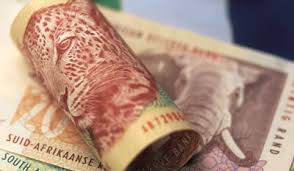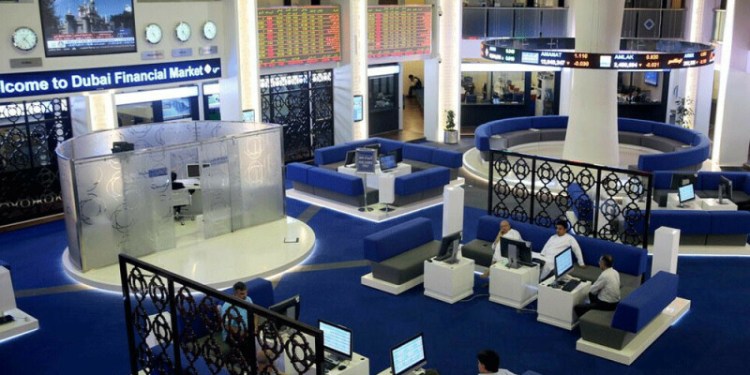Wednesday, 23 September 2015 22:25
 JOHANNESBURG: South Africa’s rand weakened on Wednesday after the South African Reserve Bank said the domestic economic outlook has deteriorated, while stocks ended a three-day losing run as advancing commodity prices lifted mining shares.
JOHANNESBURG: South Africa’s rand weakened on Wednesday after the South African Reserve Bank said the domestic economic outlook has deteriorated, while stocks ended a three-day losing run as advancing commodity prices lifted mining shares.
The rand hit a session low of 13.8430 to the dollar, its weakest since Sept. 9, and was trading at 13.8275 by 1551 GMT, down 1.1 percent from New York’s close.
Government bonds remained range-bound despite large currency swings. Yields on government bonds were mixed across the curve after while the benchmark 2026 issue shed 1.5 basis points to 8.415 percent.
The Reserve Bank kept its benchmark repo rate unchanged as expected on Wednesday, citing contractions in agriculture, mining and manufacturing.
Governor Lesetja Kganyago also said he was concerned about the rapid movement of the rand which remains an upside risk to the inflation outlook expected to breach the upper end of the target range in the first quarter of 2016.
“There is potentially more pain in store for the rand until such a time that the SARB hikes interest rates much more aggressively than they have over the past year,” said Jana van Deventer a market analyst at ETM Analytics.
Markets shrugged off comments from Moody’s saying it expects South Africa to avoid a recession this year, despite weak indicators and depressed business confidence.
On the bourse, the JSE Top-40 index ended 1.2 percent higher at 45,062 and the broader All-share index was up 1.06 percent to 50,381.
Investors have been selling equities across the world on growing concerns about global growth after the US Federal Reserve cited sluggish growth as a reason for keeping interest rates steady last week.
But data on Wednesday pointing to a steady growth across Europe lifted industrial metal prices. Anglo American added 1.75 percent to 138.84 rand and rival BHP Billiton rose by the same margin to 220 rand.
Copper bounced from near four-week lows on Wednesday as short sellers took profits and oil recovered, though sentiment was bearish after data showed the biggest fall in China’s factory activity since the financial crisis.




























